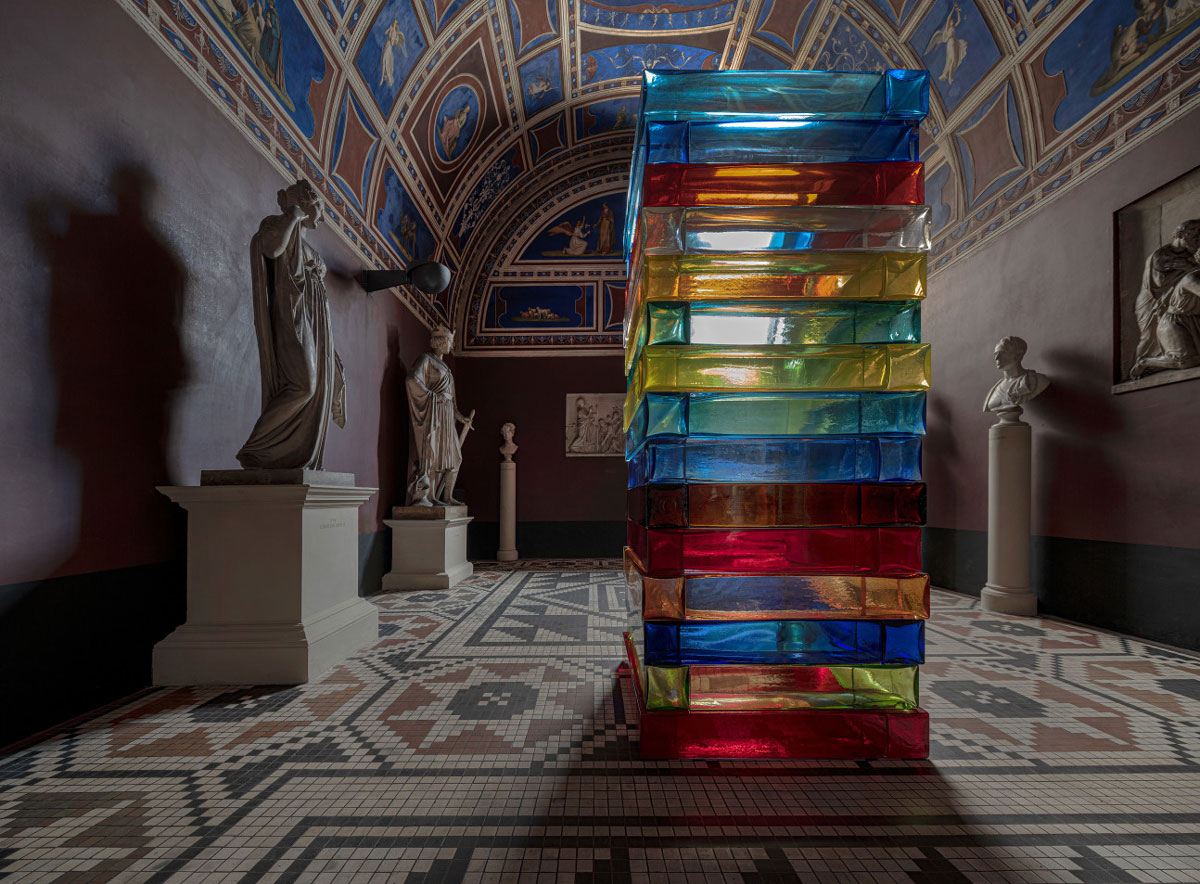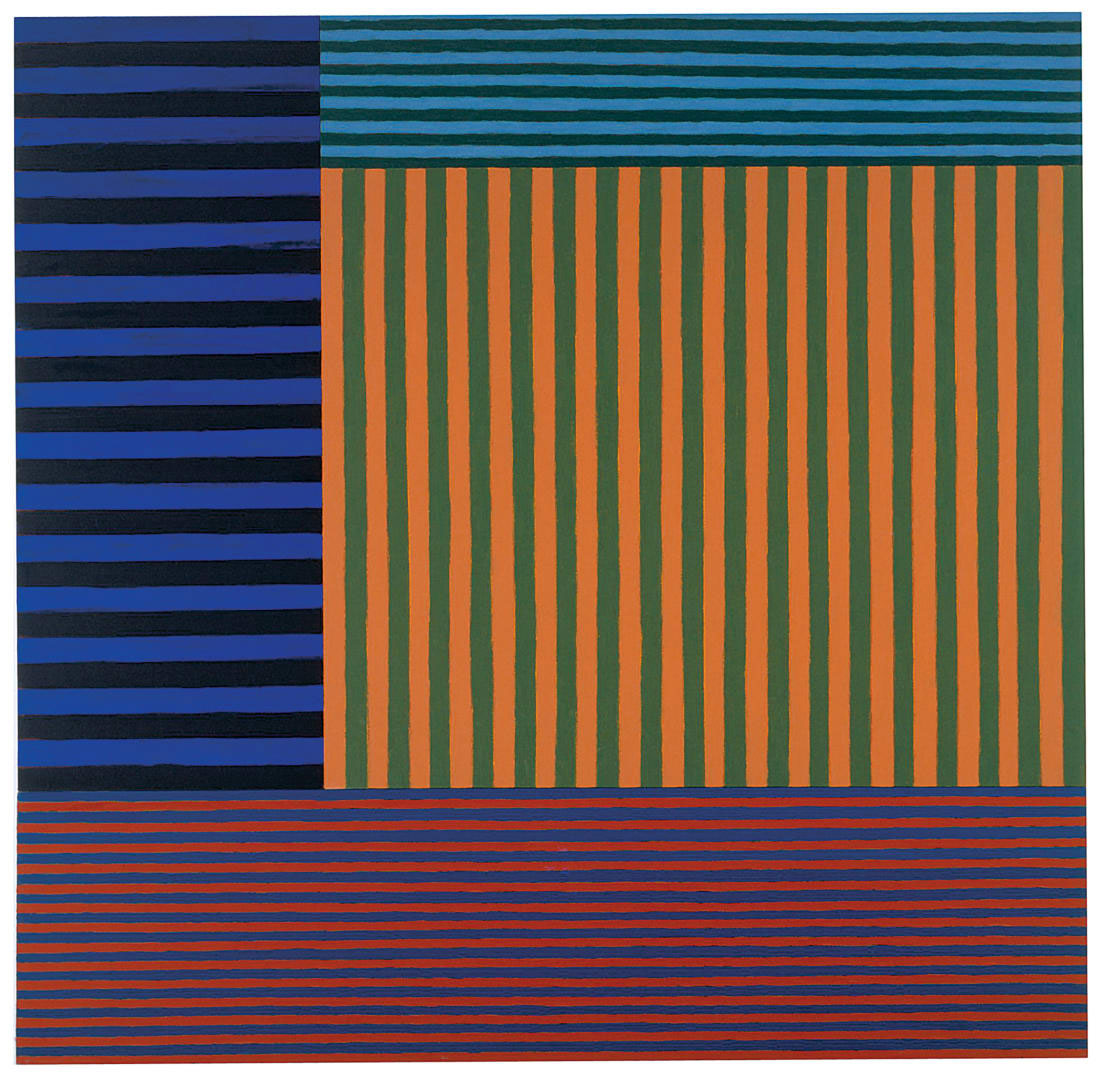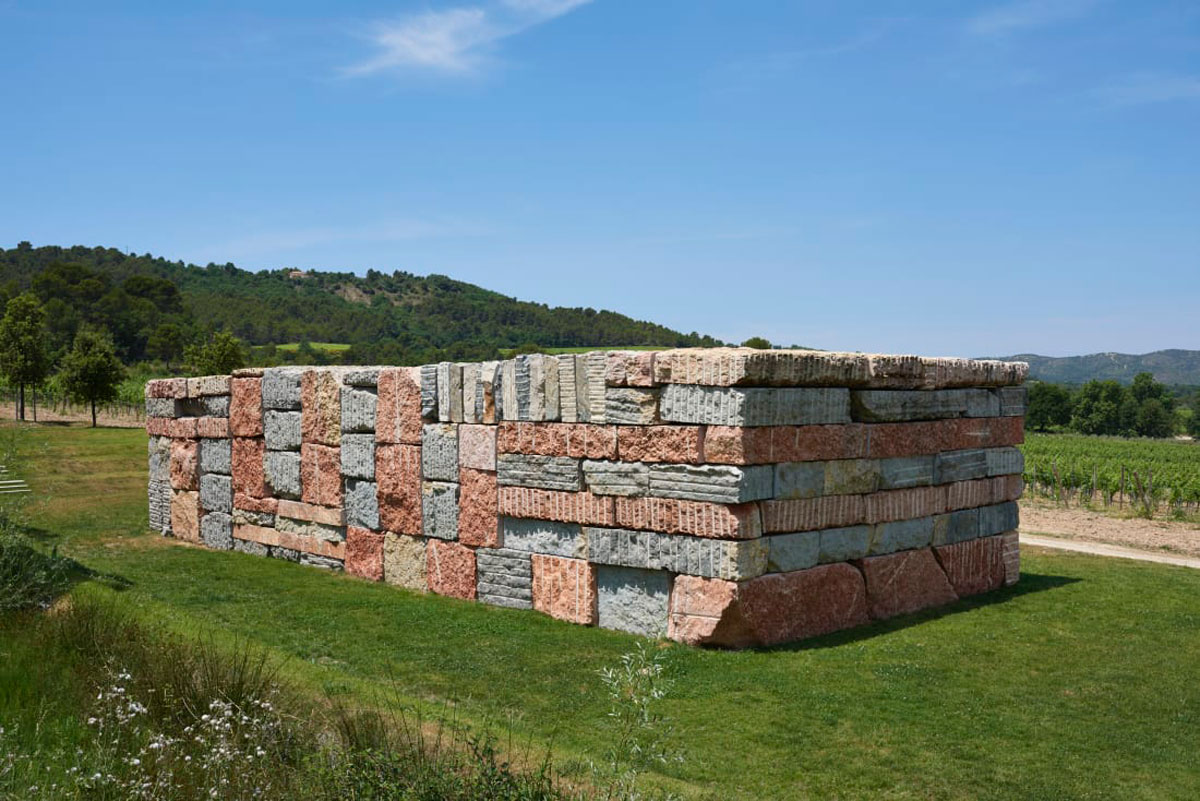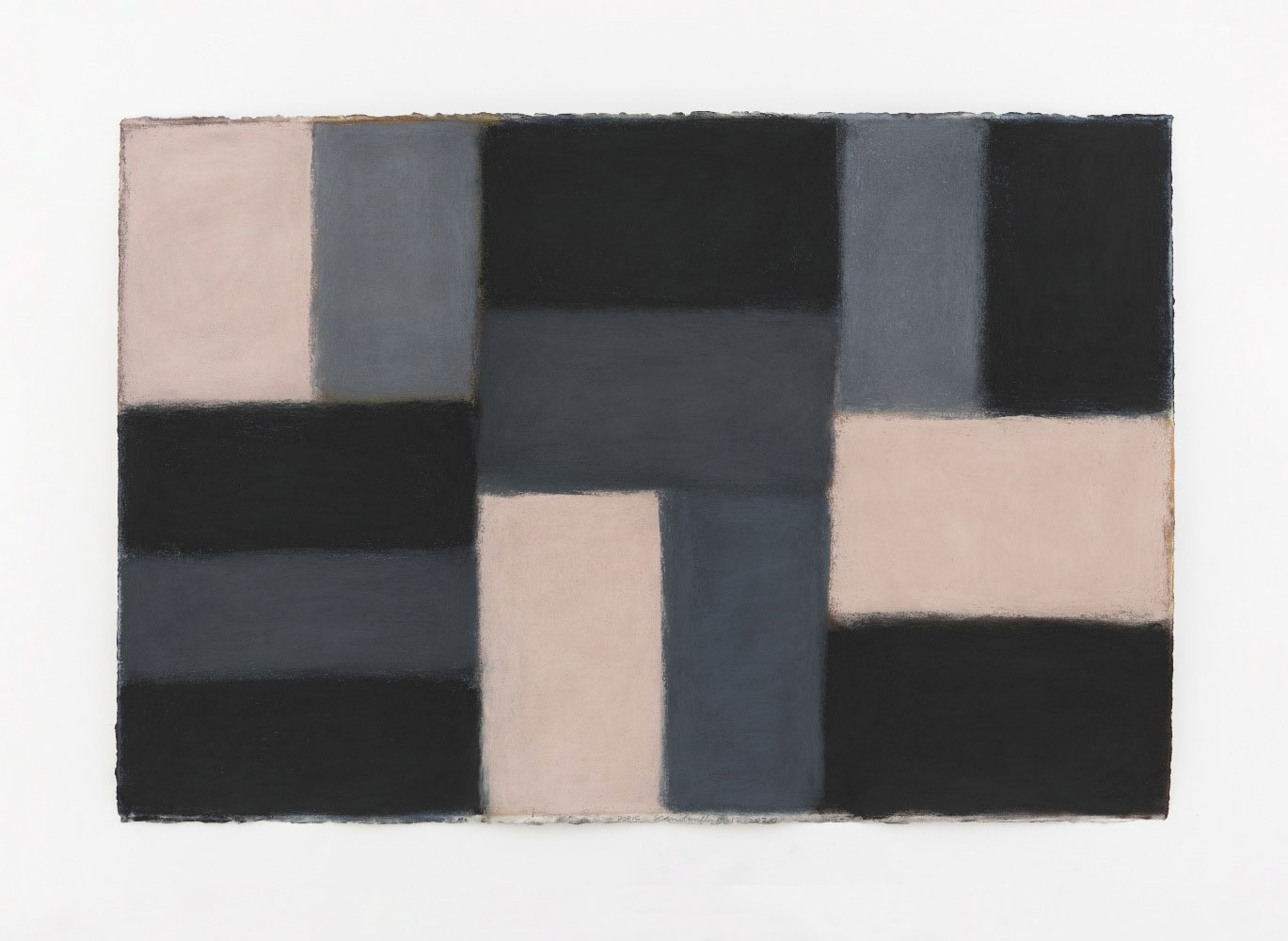TRACES: Sean Scully
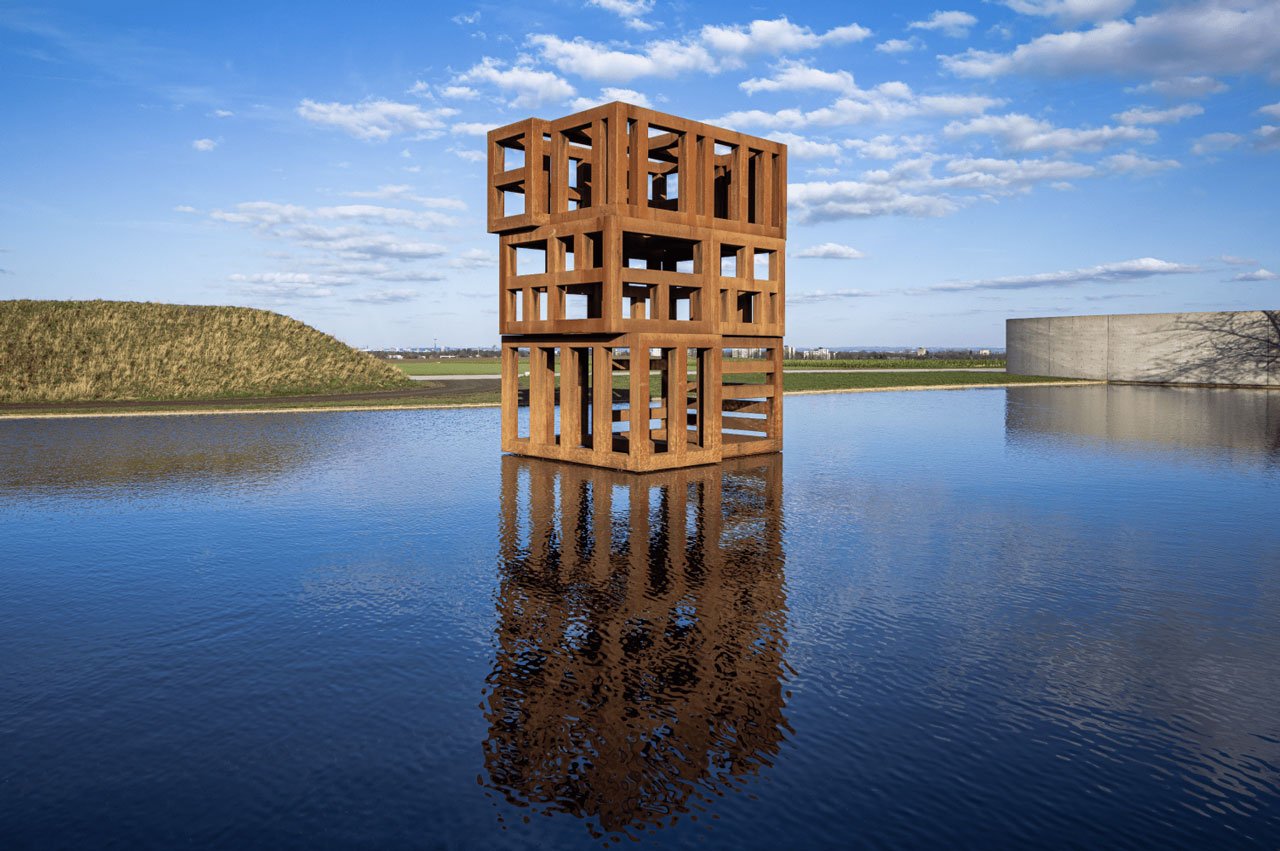 Today is the occasion to bear in mind One of the world’s foremost contemporary artists, Sean Scully (30/6/1945-). His work draws on the traditions of European painting, invigorated with the distinct character of American abstraction. His varied practice encompasses printmaking, sculpture, watercolors, and pastels, but he is best known for rich, monumental abstract paintings in which stripes or blocks of layered color are a prevailing motif. Through documents or interviews, starting with: moments and memories, we reveal out from the past-unknown sides of big personalities, who left their indelible traces in time and history…
Today is the occasion to bear in mind One of the world’s foremost contemporary artists, Sean Scully (30/6/1945-). His work draws on the traditions of European painting, invigorated with the distinct character of American abstraction. His varied practice encompasses printmaking, sculpture, watercolors, and pastels, but he is best known for rich, monumental abstract paintings in which stripes or blocks of layered color are a prevailing motif. Through documents or interviews, starting with: moments and memories, we reveal out from the past-unknown sides of big personalities, who left their indelible traces in time and history…
By Efi Michalarou
 Sean Scully was born in Dublin, Ireland in 1945. When he was just four years old, his family emigrated to London, travelling by boat across the Irish Sea in search of a new, Once in London, the Scully family settled in an Irish community in Islington, before moving to the suburbs of Sydenham. Though he considered himself an adopted son of London, Scully was proud of his Irish heritage stating “I’m Irish in the mythic, romantic sense but, in the living sense, I’m a Londoner”. Scully left school at the age of 15 and took on many different jobs to support himself including working as a messenger, a trainee photograph re-toucher, a letterpress typographer, a plasterer and a crane operator. During this unsettled period he became a member of a street gang, But despite his adolescent transgressions, Scully always carried the Catholic conviction that life always offered a better situation and he was soon using his spare time more creatively. After turning 17, Scully began to attend night school, gaining qualifications through the help of an educational programme called Floodlight. He also began to attend evening classes at the Central School of Art in London, developing a particular interest in figurative painting. When he was 19, Scully saw Vincent van Gogh’s “Chair” (1888) at the Tate Gallery in London. It proved to be a moment of epiphany: “Until then, all paintings, including the ones I liked, seemed to be about artifice […] the Chair, looked so honest, like anybody could have painted it. That had a profound effect on me. Looking at that painting was like looking through a beautiful window. It gave me access”. In 1965 he began a three-year course at Croydon College of Art in London. While here he came to admire artworks by Henri Matisse, Emile Nolde and Karl Schmidt-Rottluff and through their influence he developed a penchant for hard-won figuration, On completing his studies at Croydon Scully went on to study art at Newcastle University. After discovering Abstract Expressionism, and seeing an exhibition of paintings by Mark Rothko at the Whitechapel Art Gallery in London, his gradually moved away from figuration towards abstraction. While still a student, Scully followed in made a road trip to Morocco in an old truck with eight friends. There he was deeply attracted to the rich, warm colors and geometric patterns of textile prints. Scully returned, and graduated from Newcastle in 1972. He remained in the University as a teaching assistant, as well as teaching one day a week at the nearby City of Sunderland College of Art. In 1972, Scully was awarded the Frank Knox Fellowship to study at Harvard University in Cambridge, Massachusetts. On visiting the United States for the first time he was impressed by the expansive, large format and slick, controlled surfaces of Minimalist American painting and his work became more ambitious, with more rigid, controlled geometric patterns on a bigger scale. A series of group and solo exhibitions followed on his return to London. In the early 1970s Scully achieved commercial success for his stylised, geometric “supergrid” paintings. Collapsing together influences from Moroccan textiles, the urban environment and Piet Mondrian’s Boogie-Woogie series, his work featured intricate layers of complex patterns layered on top of one another. His grids were created by using masking tape to create tight, mechanical edges.
Sean Scully was born in Dublin, Ireland in 1945. When he was just four years old, his family emigrated to London, travelling by boat across the Irish Sea in search of a new, Once in London, the Scully family settled in an Irish community in Islington, before moving to the suburbs of Sydenham. Though he considered himself an adopted son of London, Scully was proud of his Irish heritage stating “I’m Irish in the mythic, romantic sense but, in the living sense, I’m a Londoner”. Scully left school at the age of 15 and took on many different jobs to support himself including working as a messenger, a trainee photograph re-toucher, a letterpress typographer, a plasterer and a crane operator. During this unsettled period he became a member of a street gang, But despite his adolescent transgressions, Scully always carried the Catholic conviction that life always offered a better situation and he was soon using his spare time more creatively. After turning 17, Scully began to attend night school, gaining qualifications through the help of an educational programme called Floodlight. He also began to attend evening classes at the Central School of Art in London, developing a particular interest in figurative painting. When he was 19, Scully saw Vincent van Gogh’s “Chair” (1888) at the Tate Gallery in London. It proved to be a moment of epiphany: “Until then, all paintings, including the ones I liked, seemed to be about artifice […] the Chair, looked so honest, like anybody could have painted it. That had a profound effect on me. Looking at that painting was like looking through a beautiful window. It gave me access”. In 1965 he began a three-year course at Croydon College of Art in London. While here he came to admire artworks by Henri Matisse, Emile Nolde and Karl Schmidt-Rottluff and through their influence he developed a penchant for hard-won figuration, On completing his studies at Croydon Scully went on to study art at Newcastle University. After discovering Abstract Expressionism, and seeing an exhibition of paintings by Mark Rothko at the Whitechapel Art Gallery in London, his gradually moved away from figuration towards abstraction. While still a student, Scully followed in made a road trip to Morocco in an old truck with eight friends. There he was deeply attracted to the rich, warm colors and geometric patterns of textile prints. Scully returned, and graduated from Newcastle in 1972. He remained in the University as a teaching assistant, as well as teaching one day a week at the nearby City of Sunderland College of Art. In 1972, Scully was awarded the Frank Knox Fellowship to study at Harvard University in Cambridge, Massachusetts. On visiting the United States for the first time he was impressed by the expansive, large format and slick, controlled surfaces of Minimalist American painting and his work became more ambitious, with more rigid, controlled geometric patterns on a bigger scale. A series of group and solo exhibitions followed on his return to London. In the early 1970s Scully achieved commercial success for his stylised, geometric “supergrid” paintings. Collapsing together influences from Moroccan textiles, the urban environment and Piet Mondrian’s Boogie-Woogie series, his work featured intricate layers of complex patterns layered on top of one another. His grids were created by using masking tape to create tight, mechanical edges.
On receiving the Harkness Fellowship award in 1975 Scully was able to move to New York City. Between 1975 and 1982 Scully invested a new energy into his art,, The paintings he made were sparcer, more monochromatic and philosophical, influenced by the dominant trends in New York, namely Minimalism, Conceptualism, and specifically the paintings of Jasper Johns, Agnes Martin, Robert Ryman, Gene Davis and Brice Marden. He worked closely with Marden, absorbing and sharing ideas about simplicity, structure and movement before emerging with a freer, more emotive form of image making. In 1978 Scully took on a teaching post at Princeton University, allowing him to remain in New York where he felt increasingly at home. Indeed, the city provided the ideal backdrop for his style of patchwork abstraction. In 1980 Scully travelled to Mexico where he was inspired to bring more color and expression into his work. The following year he decided to stop using tape to mask edges in his paintings, imbuing in them with a looser, softer surface. In 1983 Scully became an American citizen. The same year, his 18 year old son from his previous marriage died tragically in a car accident, leaving the artist bereft and distraught. Throughout his grieving period Scully carved a niche for himself in America, infusing his earthy, sensual paintings with a deeply melancholic streak. Although the dominant trend by this time was Neo-Expressionism – or what Scully called “melodramatic figuration” – his contemplative, loosely-geometric abstractions offered a unique sense of physicality and character that made his art much loved by critics and buyers. His larger than life canvases made reference to the geometries in art that have existed for centuries, subjects ranging from early religious paintings, Giorgio Morandi’s still life studies, Piet Mondrian and Mark Rothko’s abstractions, Bridget Riley’s Op Art lines and Jasper Johns’ loaded, symbolic flag stripes. Throughout the 1990s Scully’s career continued to flourish. He made several more visits to Morocco, including a trip in 1992 to make a BBC film on Matisse, who had visited Morocco in 1912-13. In 1995, he took part in the prestigious Joseph Beuys Lectures in Britain, Europe and the United States at the Ruskin School of Drawing and Fine Art at Oxford University in England. Since 2009 he has had several major solo and retrospective exhibitions in locations as far reaching as the United States, China, Italy, Germany, Switzerland and Austria. In 2015 Scully completed a permanent installation for the restored Santa Cecilia de Montserrat monastery in Barcelona. The “Scully Chapel” has invited comparisons with the Matisse Chapel in the French Riviera and the Rothko Chapel in Texas, though Scully has refuted comparisons with the latter on the grounds that he thinks Rothko is “very depressing and bleak and [that] you have to wring the paintings to get anything out of them”. Scully has continued to experiment with new directions, expanding into three dimensions with a series of ambitious, monumental sculptures, including a series in Yorkshire Sculpture Park in England.

